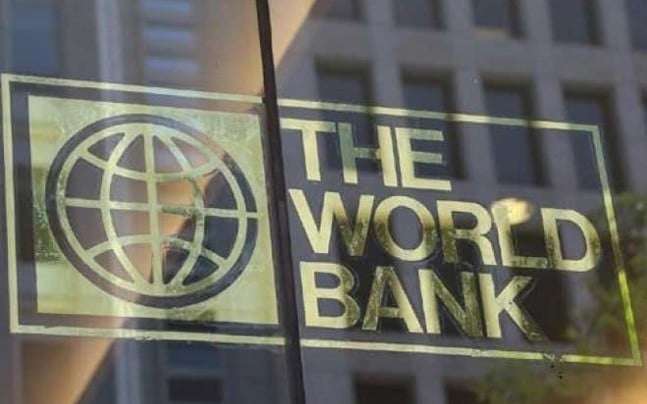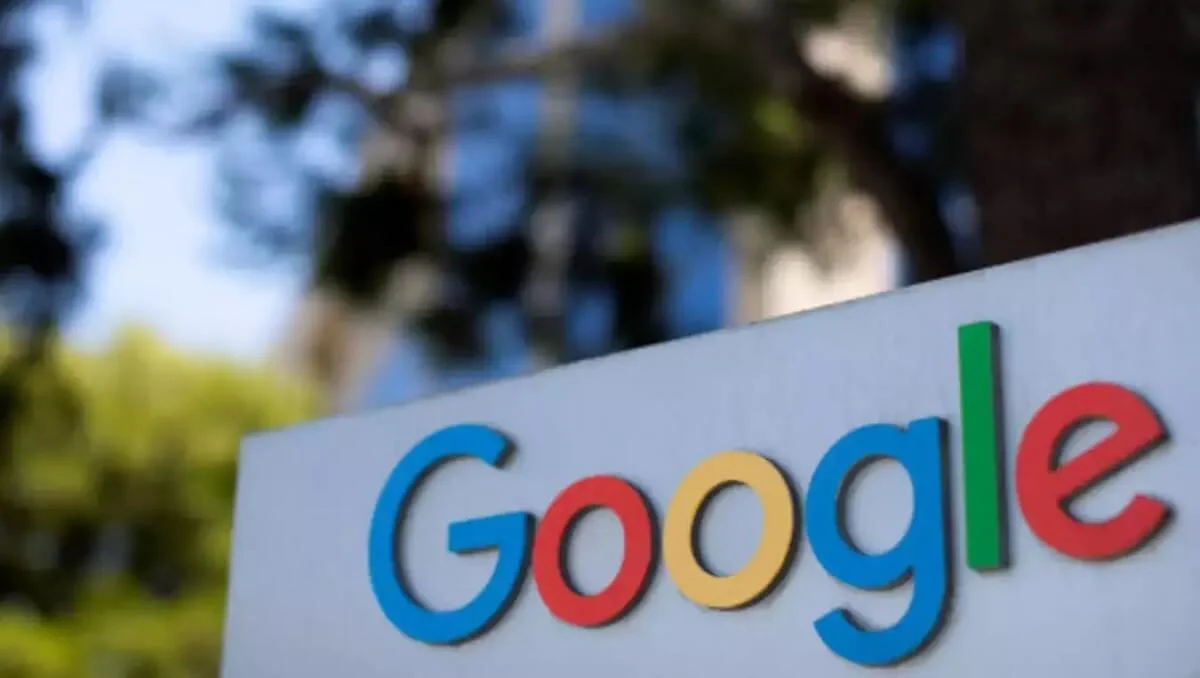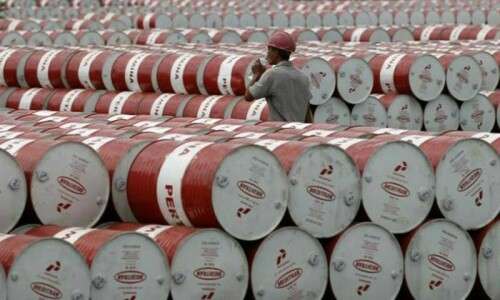The World Bank has officially approved a $20 billion loan package to support Pakistan’s economic and social reforms over the next decade. However, the implementation of this massive financial assistance faces challenges due to political divisions and a deteriorating security situation, particularly in Balochistan and Khyber-Pakhtunkhwa (K-P).
Overview of the $20 Billion Loan Package
What Does the Loan Entail?
The Country Partnership Framework (CPF) for 2025-2035 outlines the objectives of the World Bank’s $20 billion loan. This financial aid aims to:
- Reduce learning poverty in education.
- Improve healthcare access and reduce child stunting.
- Mitigate risks associated with climate change.
- Promote sustainable economic growth.
The framework is aligned with Pakistan’s National Economic Transformation Plan (NETP) and the Prime Minister’s Economic Transformation Agenda, targeting a 6% annual growth rate by 2028.
Key Focus Areas of the Loan
1. Education and Learning Poverty
Pakistan faces a critical issue of learning poverty, with over 25.4 million children aged 5-16 out of school. A significant proportion of these children are girls. The framework targets:
- Providing quality education to 12 million children.
- Improving foundational education systems to reduce the education gap.
2. Health and Nutrition
Child stunting rates in Pakistan are among the highest globally, averaging 38% and exceeding 60% in rural districts. The loan aims to:
- Provide health and nutrition services to 50 million people.
- Increase access to modern contraceptives for 30 million women.
- Deliver clean water and sanitation to 60 million people.
3. Climate Resilience
Pakistan’s vulnerability to climate-related disasters is a significant concern. The framework focuses on:
- Enhancing resilience for 75 million people.
- Reducing air pollution by 35% annually.
- Generating 10 GW of renewable energy to support decarbonization.
Economic Outlook: World Bank Projections
The World Bank has provided a cautious economic outlook for Pakistan:
- GDP growth is projected at 3.8% by 2029, significantly lower than the government’s 6% growth target.
- The debt-to-GDP ratio is expected to remain high at 73%.
- Budget deficit is projected at 6% of GDP by 2029, nearly double the limit set under national law.
These projections underscore the urgency of implementing structural reforms to enhance investment, productivity, and fiscal stability.
Challenges in Implementation
Political Divide
Pakistan’s political environment remains highly polarized. The framework identifies political divisions as a critical risk that could undermine reform efforts, particularly in areas like:
- Energy subsidies and tax reforms.
- Policy coordination between federal and provincial governments.
Security Concerns
The deteriorating security situation in Balochistan and K-P poses significant challenges. These regions have seen an increase in violence, exacerbating issues like poverty and underdevelopment. The World Bank highlights the need for:
- Conflict-sensitive investments in basic services.
- Strengthening institutional support to mitigate security risks.
Long-Term Goals of the Framework
The World Bank’s framework aims to tackle Pakistan’s long-standing development issues by:
- Increasing the tax-to-GDP ratio to 15%.
- Boosting public spending on the bottom 50% of the population by 60%.
- Enhancing food security for 30 million people by 2035.
These measures are designed to promote inclusive growth and build resilience against future economic shocks.
The Path Forward
The framework represents a shift from short-term adjustment cycles to a long-term development partnership. It emphasizes collaboration between the World Bank, government, and private sector to achieve sustainable growth.
FAQs
1. What is the primary objective of the World Bank’s $20 billion loan?
The loan aims to address critical development challenges, including education, healthcare, climate resilience, and economic stability.
2. How will the loan impact Pakistan’s education system?
The framework targets reducing learning poverty by providing quality education to 12 million children and improving foundational education.
3. What are the challenges in implementing the loan framework?
Key challenges include political divisions, inconsistent policy coordination, and security risks in Balochistan and Khyber-Pakhtunkhwa.
4. How does the framework address climate change?
The framework focuses on renewable energy, reducing air pollution, and enhancing climate resilience for vulnerable populations.
5. What are the long-term goals of the loan package?
The framework aims to increase the tax-to-GDP ratio, improve public spending on the poorest segments, and build sustainable economic growth.
ALSO READ
https://flarenews.pk/2025/01/16/imran-welcomes-pti-army-chief-meeting/



